The 24th instalment of the James Bond series, Spectre, is no doubt one of the most anticipated films to be released this year. With Sam Mendes back in the director’s chair after the success of 2011’s Skyfall, the stakes are high, as the new production is also the most expensive film in the 007 franchise. In his fourth appearance as Bond, Daniel Craig returns to star as the dextrous MI6 agent, who finds himself caught in the crosshairs of Spectre, one of the world’s most dangerous underground terrorist organisations. Cultural diversity and exotic locations have been a highlight since the early Bond films and one of the series’ most alluring draw cards. Spectre is no exception. Shot on location in numerous countries around the world, including Morocco, Austria, Italy, Mexico and the UK, audiences can rest assured that the film will feature an abundance of impressive scenery and cultural hotspots. The 24th instalment of the James Bond series, Spectre, is no doubt one of the most anticipated films to be released this year. With Sam Mendes back in the director’s chair after the success of 2011’s Skyfall, the stakes are high, as the new production is also the most expensive film in the 007 franchise. In his fourth appearance as Bond, Daniel Craig returns to star as the dextrous MI6 agent, who finds himself caught in the crosshairs of Spectre, one of the world’s most dangerous underground terrorist organisations. Cultural diversity and exotic locations have been a highlight since the early Bond films and one of the series’ most alluring draw cards. Spectre is no exception. Shot on location in numerous countries around the world, including Morocco, Austria, Italy, Mexico and the UK, audiences can rest assured that the film will feature an abundance of impressive scenery and cultural hotspots.
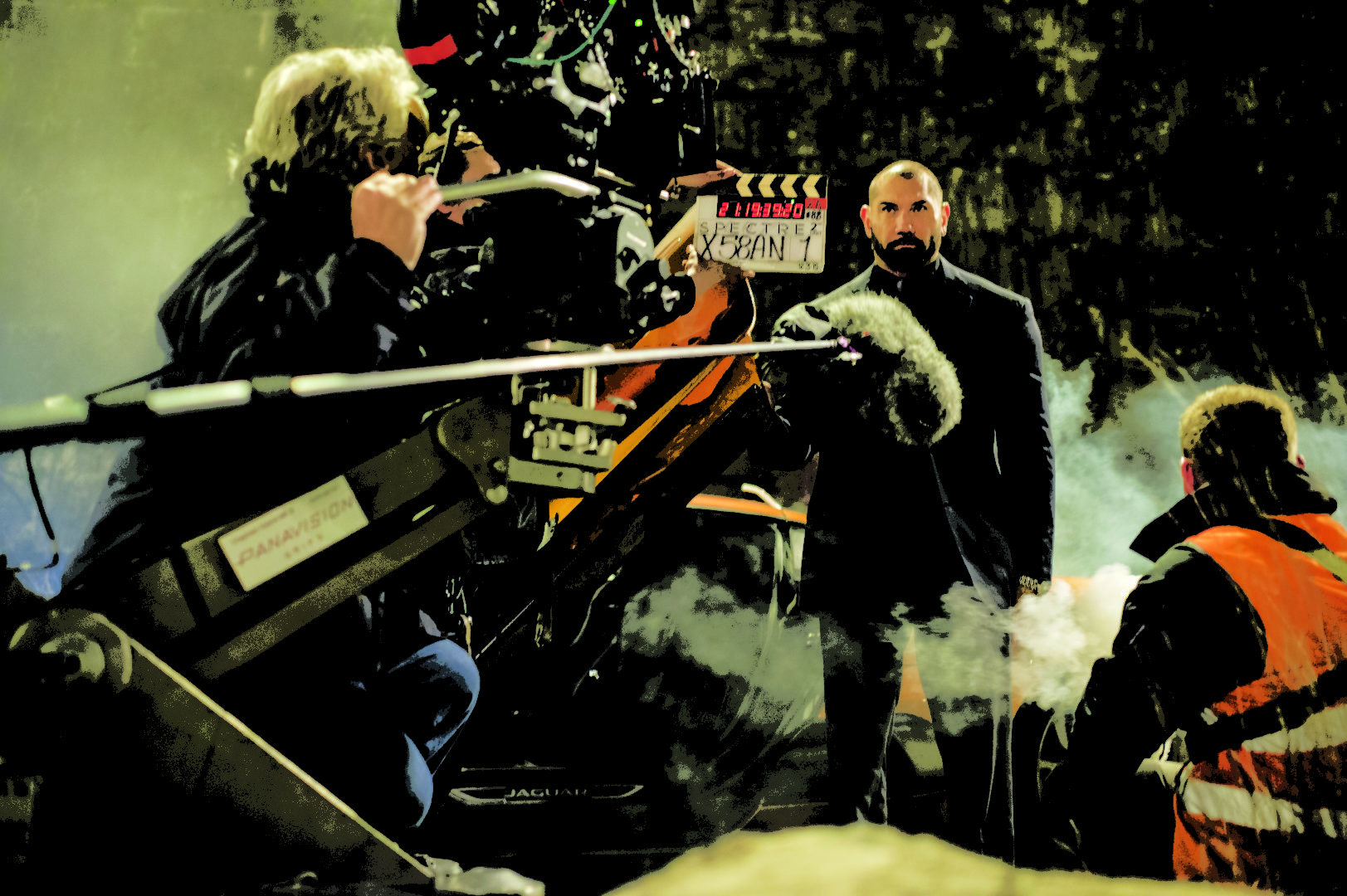
As ambitious as it may be to incorporate such a vast number of locations to enrich the film’s overall contrasts, it is rare for productions like Spectre to go exactly as planned without hitting a few rough patches along the way. Following the leak of official Sony documents earlier this year, it was revealed that Spectre has been plagued by a few major setbacks, including last minute script changes, an overly inflated budget and multiple location issues. While filming in Rome in March this year, the production was forced to cancel an important action sequence that was scheduled to take place at a historic traffic intersection. The Italian authorities deemed filming a high speed car chase at the recently restored 15th century Quattro Fontane as too much of a risk. Rome’s Culture Minister Federica Galloni was quoted as saying: “The site is too delicate from an architectural point of view”. In addition, another sequence on the Ponte Sisto bridge was cancelled after protestors expressed concern over potential damages to the significant site.
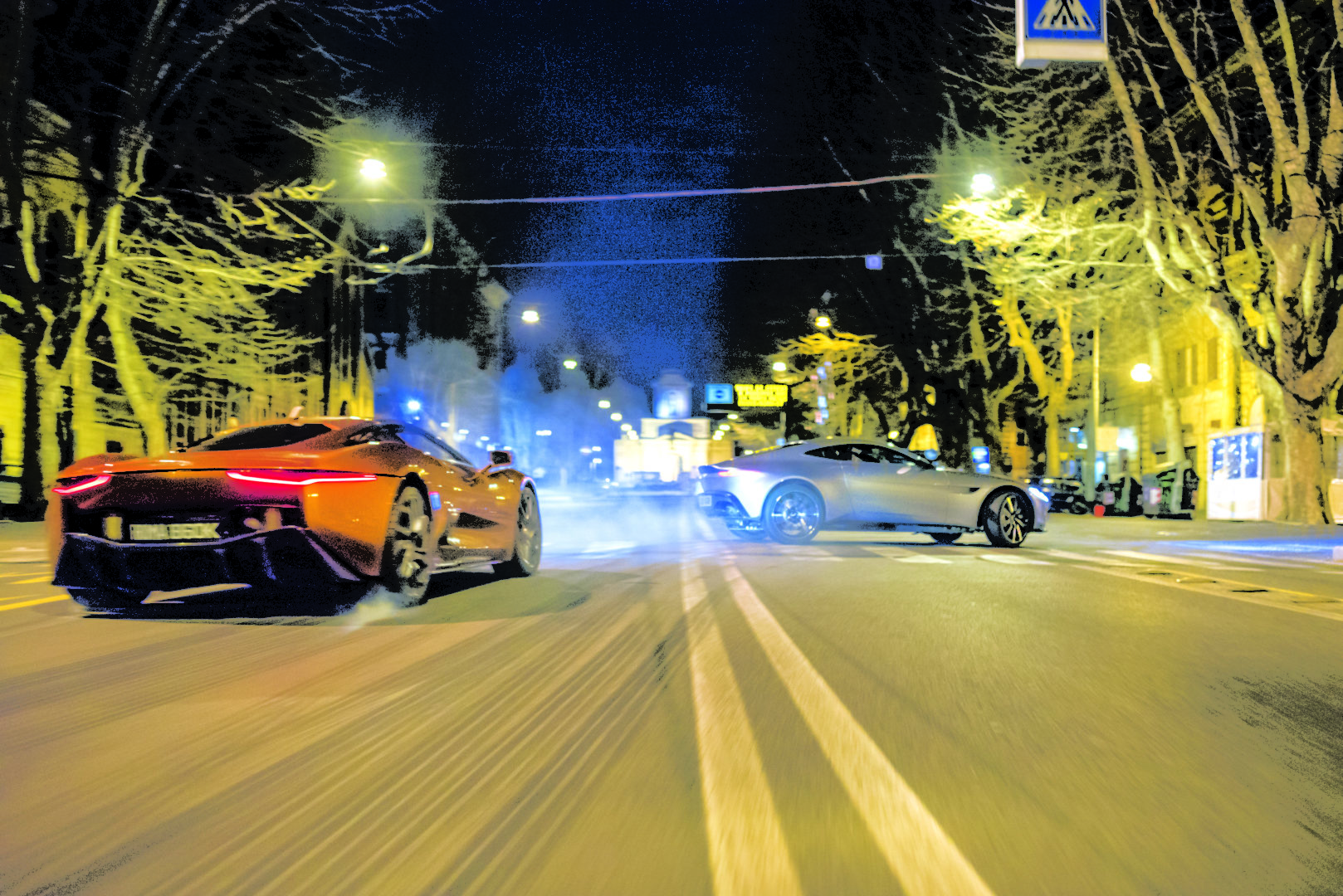
These incidents in Rome weren’t the first time the filmmakers had run into problems during production. In December last year, nine brand new customised Range Rovers were stolen from a garage in Düsseldorf before they could be shipped for filming in the Swiss Alps. But despite the many incalculable problems that filmmakers encounter during productions of this magnitude, the rewarding thrill of shooting in such breathtaking locations around the world does nevertheless outweigh the risks of hitting obstacles. Each notable location can only enrich the film for audiences and add to the ongoing history of the Bond universe.
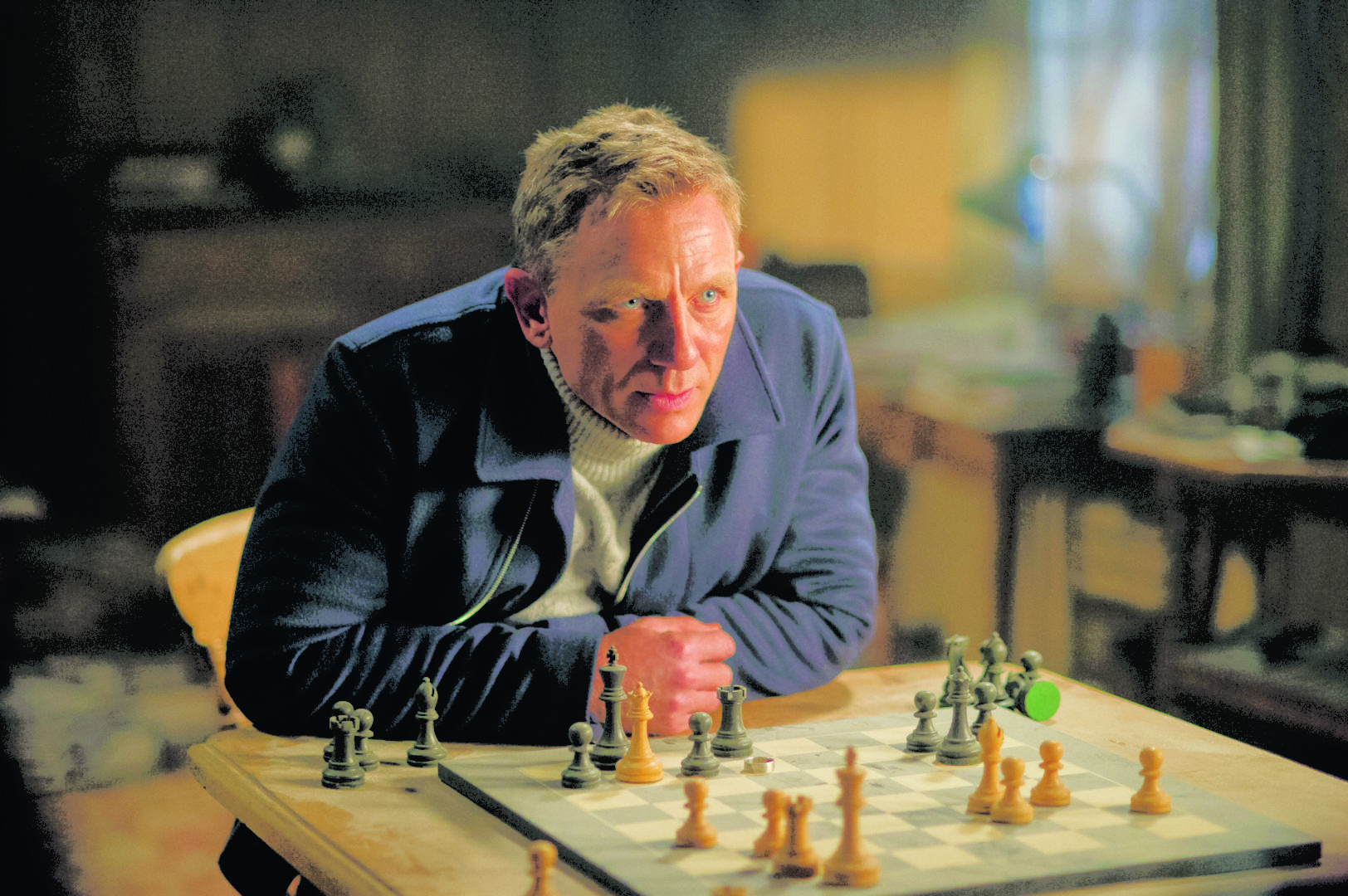
Having said that, finding these ideal locations for the film was a process that often spanned weeks just to find a suitable site that ticked all the boxes. Principal photography for Spectre commenced in early January after Production Designer Dennis Gassner stumbled upon Sölden, a remote town some 3,048 metres high up in the Austrian Tyrol. “It was a long journey for me, through many countries to try and find this (location)”, says Gassner. “We found a very unique, modern facility that we were looking for. So here we are now, first day of shooting and its absolutely amazing”, he added with a sense of relief, standing next to the Ice Q Restaurant, which doubles for Bond villain Christoph Waltz’s Hoffler Klinik, a remote alpine medical clinic. Over 500 cast and crew members, as well as truckloads of heavy duty lighting and camera equipment, were used over the 33-day shoot on location in Austria alone, with an additional two-week rehearsal period prior to filming. “There’s all the difficulties of filming somewhere that’s so cut-off, coupled with the weather possibilities, the altitude, all those things”, explains Production Manager Martin Joy. “It’s a real challenge to be out here, but the payoff is stunning scenery and an incredible location”.
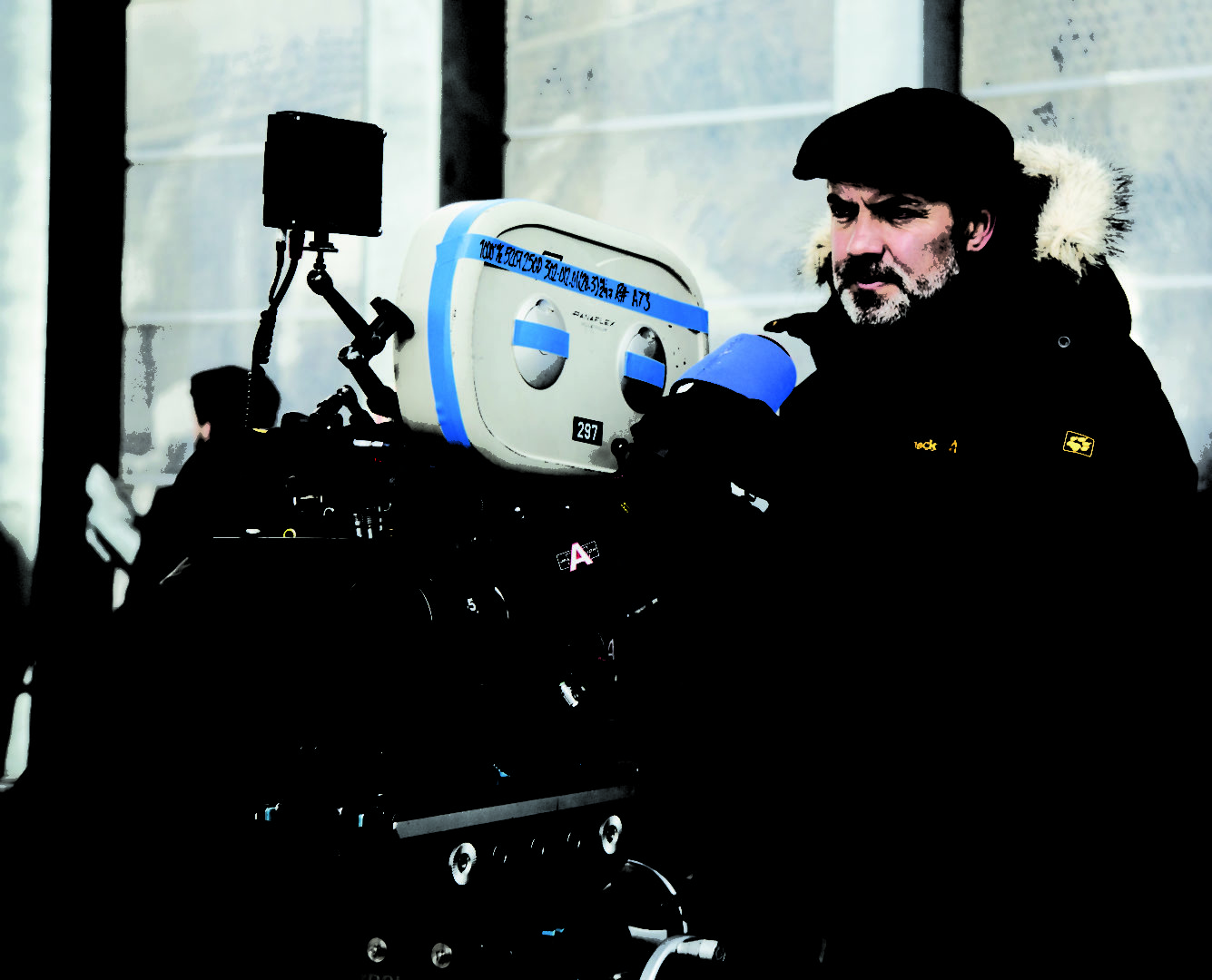
An especially outstanding location is traditionally reserved for the opening sequence of a Bond film, and with Spectre, director Sam Mendes wanted to draw on the vibrant festivities that surround Mexico’s annual Day of the Dead holiday. “I wanted the audience to be dropped to the middle of a very specific environment”, expressed Mendes. In late March, production moved to Mexico City in order to incorporate the elaborate celebrations into a sequence involving James Bond on a rogue mission as he takes care of some unfinished business. Mendes underlined his enthusiasm for the setting by adding, “Everywhere you look here there’s colour, detail and life… The craftsmanship is amazing”. For a particularly crucial scene involving a fight sequence on a helicopter, an entire central city square had to be closed for filming. The unique arabesque architecture and golden hazy light of the port town of Tangier in Morocco has lured filmmakers to its romantic, timeless streets for decades. For the last leg of the shoot of Spectre, the production became immersed in the setting of the cobbled streets of Tangier’s historical Kasbah and old Medina districts, also used for a previous Bond film The Living Daylights in 1987. In order to film additional scenes featuring the Oriental Desert Express train, production wrapped up in the eastern desert cities of Oujda and Erfoud. The film’s dramatic contrast between hot and cold locations is no accident, and Mendes intends to use this balance to emphasise key plot points throughout the story.
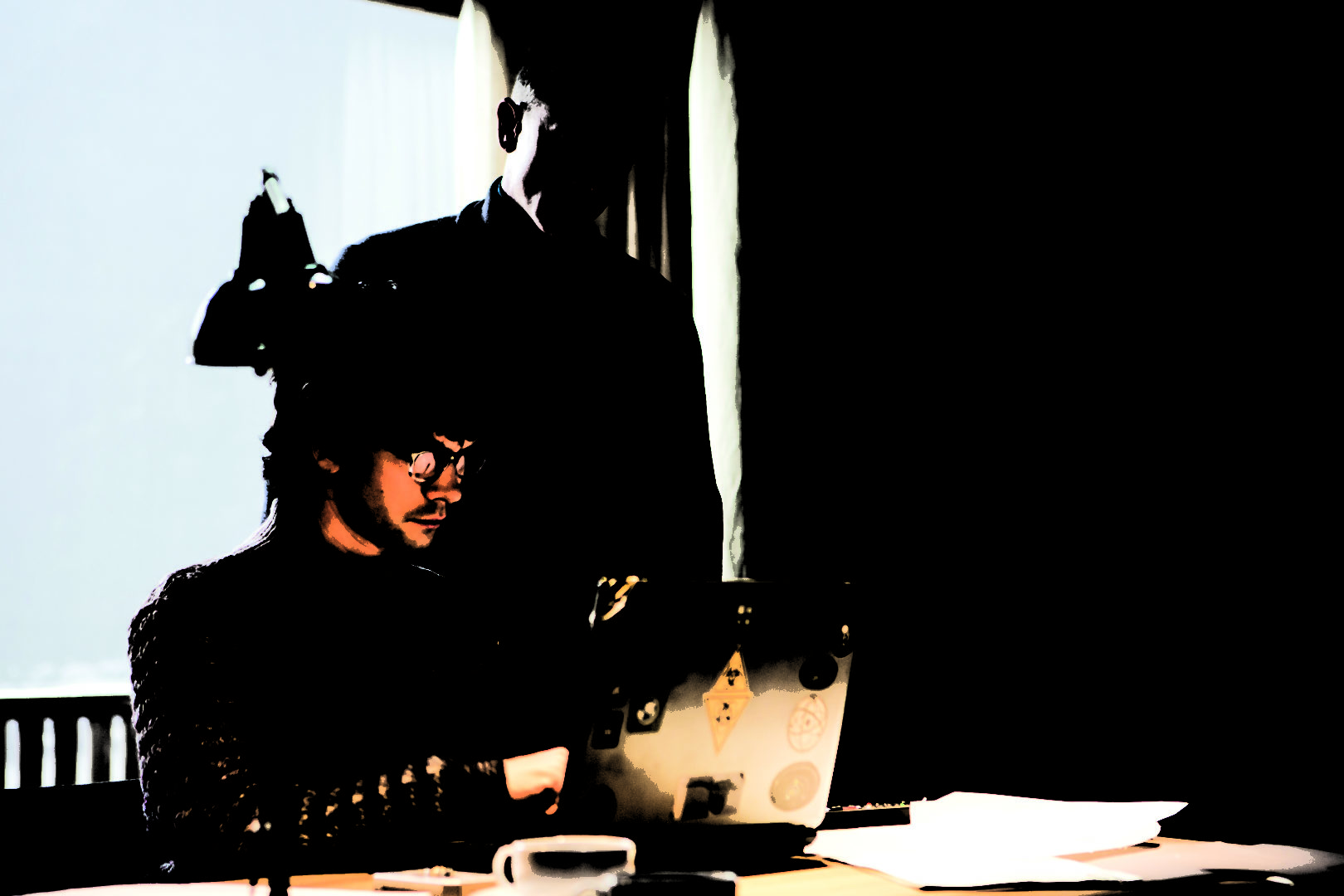
Despite the countless logistical and planning hurdles throughout its conception, the makers of Spectre have taken these risks to ensure that audiences will be overwhelmed by its heart stopping action sequences, breathtaking scenery and compelling storyline. After all, it’s important to note that even at the heart of such a colossal multi-million dollar production is a dedicated team of filmmakers who share a passion for James Bond and his story. “It’s a real thrill for me”, assures Mendes. “You learn when you’re directing a Bond movie to encourage your 12-year-old self to come back to life and live alongside you”.


